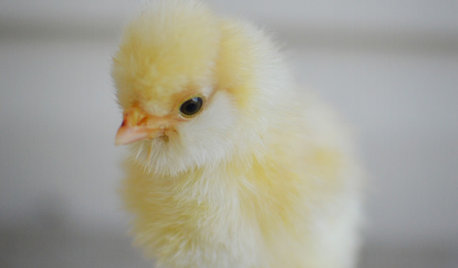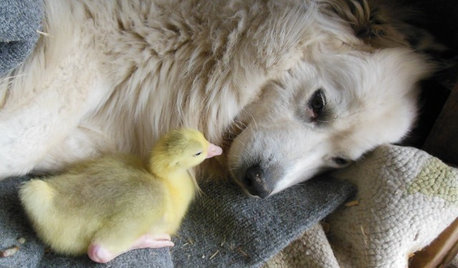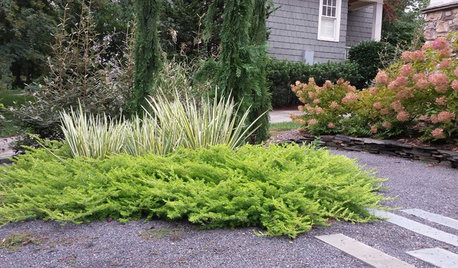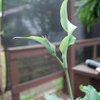Hosta "Rare Breed" Issue
santamiller
10 years ago
Related Stories

COMMUNITYTogetherness Take 2: Is a Cohousing Community for You?
Missing that sense of connection? Consider the new breed of neighborhood with a communal bent
Full Story
PETSSo You Want to Get a Cat
If you're a cat lover, the joys outweigh any other issue. If you haven't lived with one yet, here are a few things to know
Full Story
BATHROOM DESIGNDreaming of a Spa Tub at Home? Read This Pro Advice First
Before you float away on visions of jets and bubbles and the steamiest water around, consider these very real spa tub issues
Full Story
PETSHow to Help Your Dog Be a Good Neighbor
Good fences certainly help, but be sure to introduce your pup to the neighbors and check in from time to time
Full Story
PETSWhat You Need to Know Before Buying Chicks
Ordering chicks for your backyard coop? Easy. But caring for them requires planning and foresight. Here's what to do
Full Story
GARDENING GUIDESGarden-Friendly Native Alternatives to Overplanted Exotics
There are lots of gorgeous, wildlife-friendly native plants ready to make an appearance in your garden
Full Story
GARDENING GUIDESNew Ways to Think About All That Mulch in the Garden
Before you go making a mountain out of a mulch hill, learn the facts about what your plants and soil really want
Full Story
PETSSo You're Thinking About Getting a Dog
Prepare yourself for the realities of training, cost and the impact that lovable pooch might have on your house
Full Story
HOUZZ TV FAVORITESHouzz TV: Life, Love and Purpose Down on the Farm
A Missouri native proves that you can go home again — and discover something entirely unexpected
Full Story
PLANTING IDEASThese Aren’t Your Grandparents’ Junipers
Dislike junipers? Maybe it’s time to discover new varieties and new uses for this garden workhorse
Full StoryMore Discussions







santamillerOriginal Author
bkay2000
Related Professionals
Ballwin Landscape Architects & Landscape Designers · Anderson Landscape Contractors · Euclid Landscape Contractors · Hoffman Estates Landscape Contractors · Louisville Landscape Contractors · Mason Landscape Contractors · Muttontown Landscape Contractors · Winter Gardens Landscape Contractors · Citrus Heights Fence Contractors · Daly City Fence Contractors · Ellicott City Fence Contractors · Paramount Fence Contractors · Downers Grove Solar Energy Systems · Palo Alto Solar Energy Systems · Weymouth Solar Energy Systemsjadie88
santamillerOriginal Author
ken_adrian Adrian MI cold Z5
bkay2000
jadie88
santamillerOriginal Author
Babka NorCal 9b
User
santamillerOriginal Author
jadie88
User
santamillerOriginal Author
bkay2000
santamillerOriginal Author